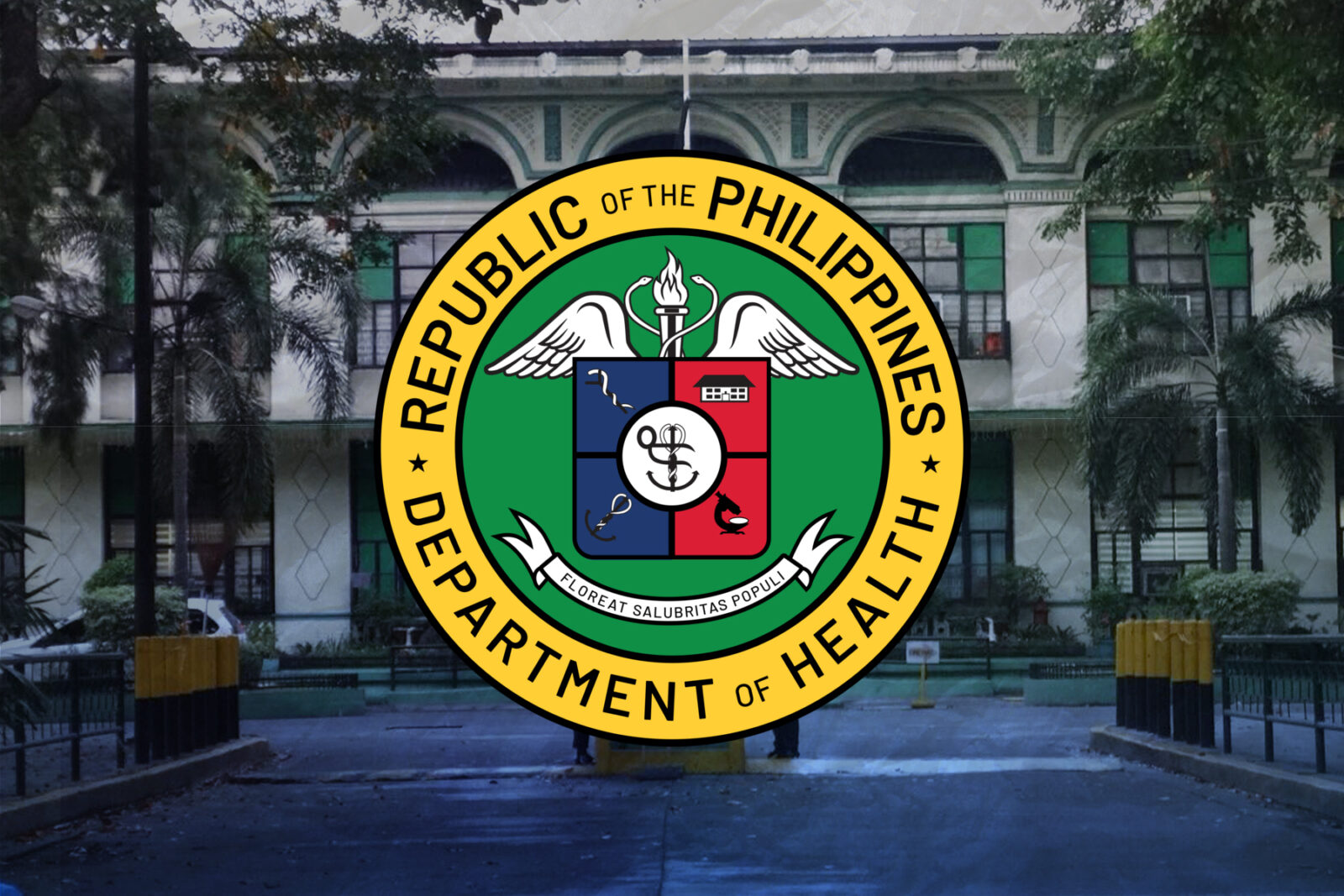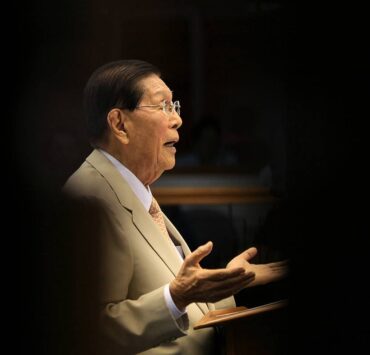DOH needs P32.4B to finish 1,823 centers

The Department of Health (DOH) currently has 1,823 unfinished health centers which, based on estimates, will cost the government P32.4 billion to complete.
During the interpellation on Monday night of the proposed DOH budget of P262.8 billion for 2026, Sen. Loren Legarda inquired about the number of idle or unfinished facilities under the department’s Health Facilities Enhancement Program (HFEP).
“We actually have 1,823 facilities identified as needing completion with an estimated cost of P32.4 billion,” said Sen. Pia Cayetano, who presented the DOH budget on the Senate floor.
Legarda then inquired if the P32 billion was already part of the DOH budget proposal for next year.
“It’s not in the NEP (National Expenditure Program),” Cayetano answered, explaining that the DOH has yet to provide details about the unfinished centers “to find which ones are the easy fixes.”
The noninclusion of the funding requirement baffled Legarda who noted that the Department of Budget and Management had earlier said in a statement that the completion of unfinished structures would be prioritized instead of new projects.
Necessary amendment
“I express my frustration because I was informed earlier that the priority would be to finish incomplete structures and if we don’t amend the GAB and do not find the P32 billion in the GAA, which many call an insertion but it’s a necessary amendment, what happens to the people in the provinces who are awaiting the completion of these hospitals?” she asked.
“They would have to wait until 2027 again praying and hoping that the DOH will fund the completion of their health centers,” Legarda said.
NEP refers to the national budget proposal that the President submits to Congress annually. On the other hand, GAB stands for General Appropriations Bill while GAA means General Appropriations Act. The first one refers to the proposed national budget law that the Congress submits to the President for approval after lawmakers deliberate on the NEP. Once the GAB is signed into law by the President, it becomes the GAA.
Cayetano later explained that funding for completion of some hospitals and health centers was included in Tier 1 although many others were left for Tier 2.
Persistent problem
Legarda, however, questioned why this problem persists within the DOH.
“There’s always some unfinished structures, and it’s not just one or two, it’s by the hundreds and hundreds and by the billions of pesos. So why do they start to build all that if they do not complete it?” she asked again.
Cayetano said this could be attributed to the zero budgeting system. “They [DOH] can only ask for the budget that they can consume in a year,” she explained.
Launched in 2008, the HFEP is a banner program under the DOH that aims to ensure that the poor and marginalized have access to appropriate health facilities by providing funding for the construction of government health facilities nationwide, including medical equipment.
During House plenary debates conducted last month on the proposed DOH budget of P253 billion for 2026, it was revealed that only 200 out of the 600 health centers built under the HFEP were functional as of 2025.
Akbayan Rep. Chel Diokno, who raised the matter based on earlier statements made by Health Secretary Teodoro Herbosa to lawmakers, noted that this was despite the allocation of more than P170 billion for the program in the past decade.
The figure, however, would reach P400 billion if funding for commodities and human resources was included in the computation.
DOH budget sponsor and Bataan Rep. Albert Garcia said that while the facilities exist, they do not function “because of the lack of personnel and health-care professionals who could run them.”
According to Garcia, local government units (LGUs) that had agreed to provide the personnel to man the health centers probably lacked the funds to do so, adding that the matter may be referred to the Department of the Interior and Local Government which supervises LGUs.

















